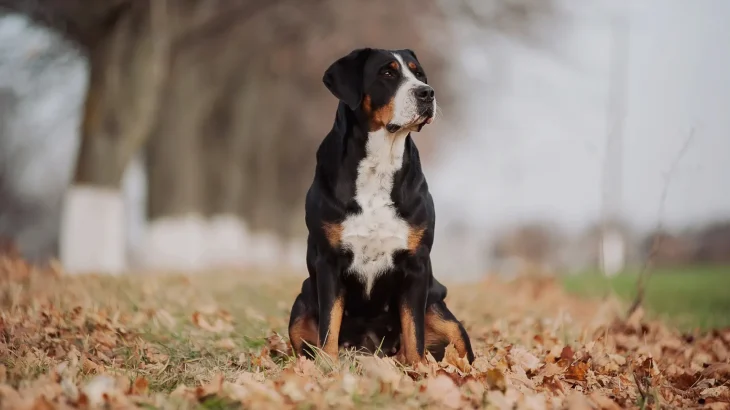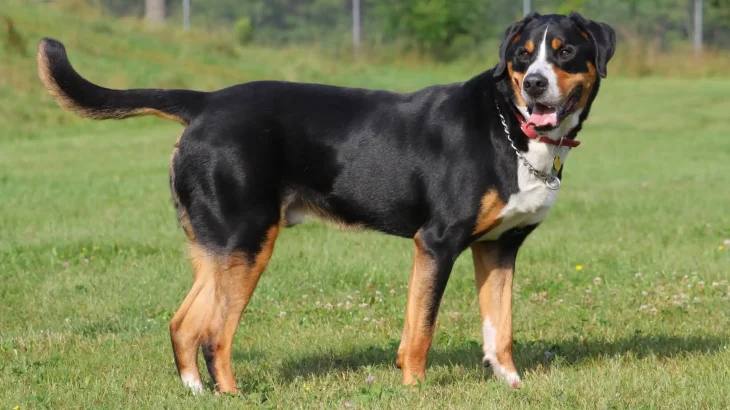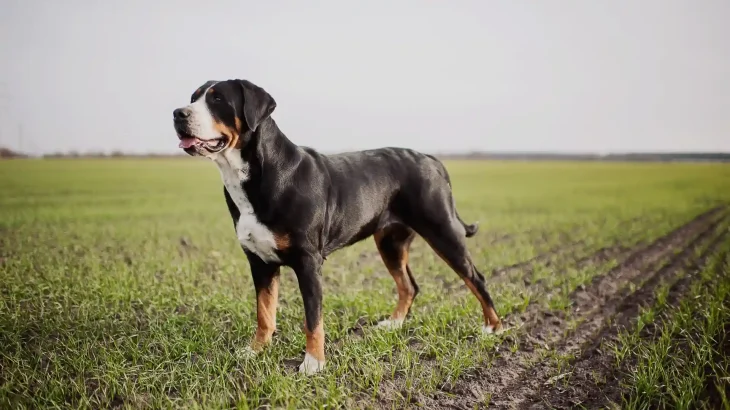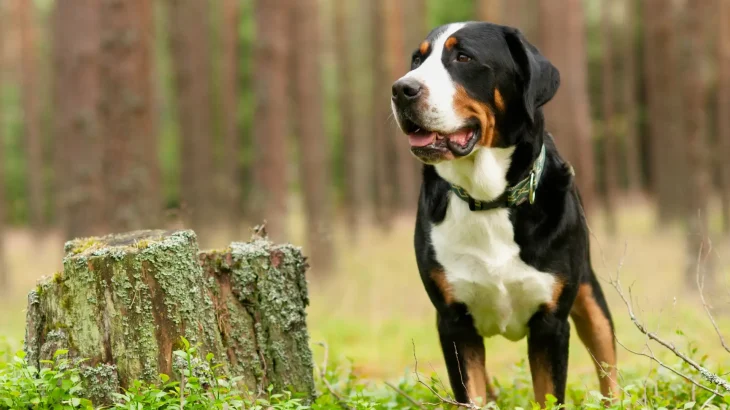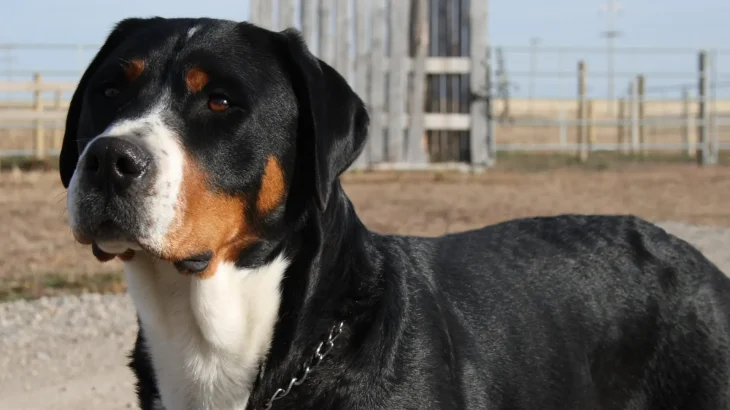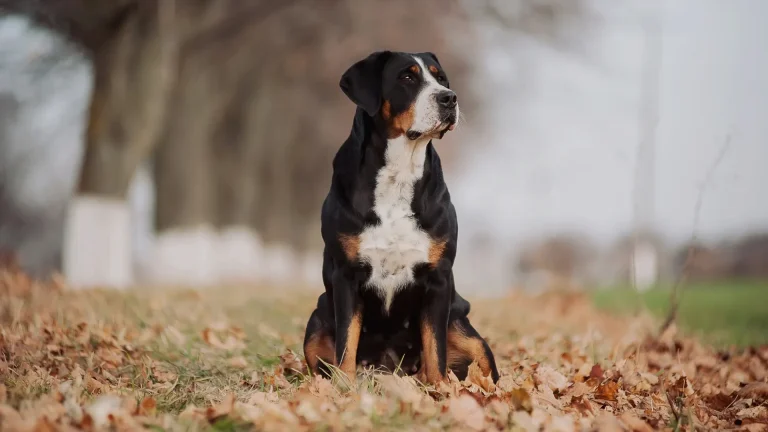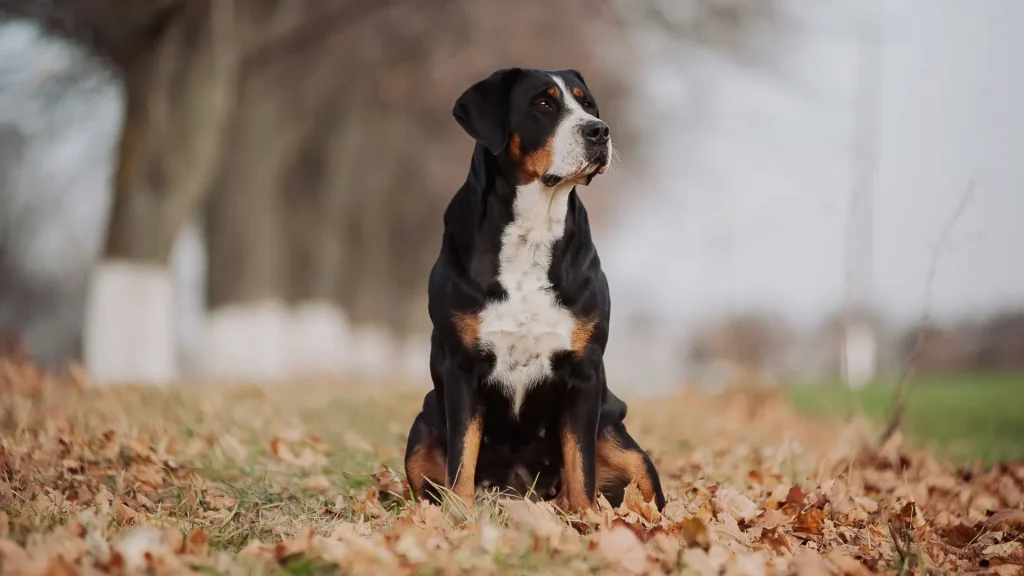When deciding to bring a Greater Swiss Mountain Dog puppy into your home, you might weigh the choice between adopting or buying from a breeder. Each option has pros and cons, especially when considering factors like health history and cost relevant for this large, sturdy breed.
Adoption vs. Breeder: Pros & Cons
| Criteria | Buying from Breeder | Adopting from Shelter/Rescue |
|---|---|---|
| Cost | Typically higher, often $1,000 to $3,500, reflecting purebred status and breeder costs. | Lower fees, usually $50 to $300, often including vaccinations and spaying/neutering. |
| Health History | Breeders provide detailed health records and genetic screening to reduce inherited risks. | Health history may be limited or unknown; many rescues offer basic health checks and treatment. |
| Age Availability | Mostly puppies, allowing early bonding and training. | Various ages including puppies, adults, or seniors, offering flexibility. |
| Temperament Insight | Breeders often share details on lineage traits and socialization with parents and littermates. | Temperament assessed based on behavior during foster or shelter stay; sometimes less predictable. |
| Supporting Practices | Supports responsible breeding aiming to maintain breed standards and health. | Supports animal welfare by providing homes to dogs in need, potentially saving a life. |
| Ethical Considerations | Important to choose ethical breeders, avoiding puppy mills or irresponsible breeding. | Adoption helps reduce overpopulation and demand for commercial breeding. |

